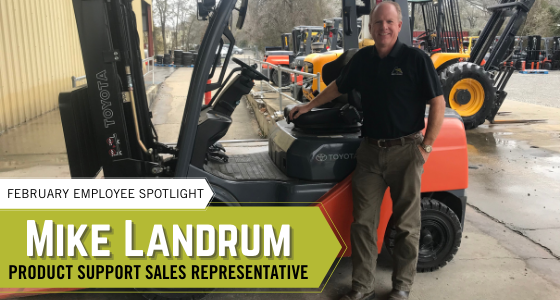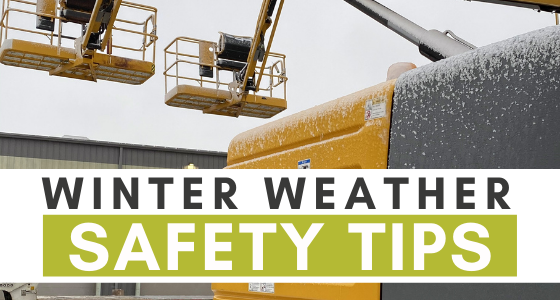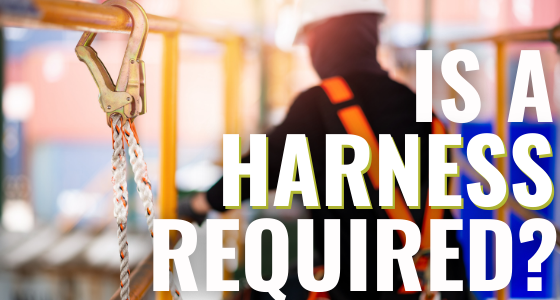
Employee Spotlight: Mike Landrum
Meet Mike Landrum - Product Support Sales Representative - Baton Rouge, LA Where is your...

Meet Mike Landrum - Product Support Sales Representative - Baton Rouge, LA Where is your...

When improving client engagement, businesses often consider performance, service, and support. Nonetheless, client retention goes...

When winter weather strikes, it can damage your equipment and cause harm to your employees....

When are you required to use a harness? The short answer to this question is:...